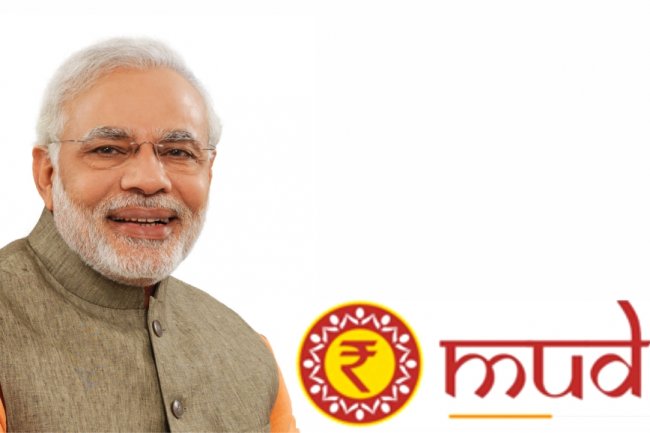Bad loans may hit 22-year high by Sept: RBI analysis
The gross bad loan ratio of banks which stood at 7.5% as of September 30, 2020, could almost double to 14.8% under a severe stress scenario Indian banks' bad loan ratio could rise to 13.5% under the baseline stress scenario by September. The last time banks saw such stress was in 1996-97 when the non-performing assets (NPAs) ratio rose to 15.7%. The current stress in the banking system has been triggered by the coronavirus pandemic. Analysts have expressed concern that the Supreme Court's October 3 order for lenders to halt classifying certain accounts as bad, masks the true extent of stressed assets, they say.

Analysts have expressed concern that the Supreme Court’s October 3 order for lenders to halt classifying certain accounts as bad, masks the true extent of stressed assets.
Indian banks’ bad loan ratio could rise to 13.5% under the baseline stress scenario by September, the highest in more than 22 years, imperilling the country’s financial stability, the Reserve Bank of India (RBI) said on Monday.
The gross bad loan ratio of banks which stood at 7.5% as of September 30 2020, could almost double to 14.8% under a severe stress scenario, RBI warned in its semi-annual Financial Stability Report (FSR). Under the severe stress scenario, RBI has assumed a 7.6% economic contraction in the six months to 31 March and a tepid 3.8% growth in the first half of the next fiscal year.
The last time banks saw such stress was in 1996-97 when the non-performing assets (NPAs) ratio rose to 15.7%, RBI data showed. The current stress in the banking system has been triggered by the coronavirus pandemic, which has left thousands of companies and millions of individual borrowers struggling to repay loans amid a deep economic slump.
The stress test projections are close to where the Reserve Bank of India had seen them in the last FSR in July. It had then said that bad loan ratios may rise 4 percentage points to 12.5% of total advances by March 2021 under the baseline stress scenario and to 14.7% under the very severely stressed scenario.
However, because of the moratorium on repayments that ended on August 31, the standstill on asset classification and restructuring of loan accounts, the data on fresh loan impairments reported by banks may not reflect the true state of the assets, it said.
Analysts have expressed concern that the Supreme Court’s October 3 order for lenders to halt classifying certain accounts as bad, masks the true extent of stressed assets.
“Congenial liquidity and financing conditions have shored up the financial parameters of banks, but it is recognized that the available accounting numbers obscure a true recognition of stress,” the Reserve Bank governor Shaktikanta Das wrote in the report’s foreword.
Stretched valuations of financial assets could pose risks to financial stability, Das said, adding that banks and financial intermediaries need to be cognizant of these risks and spillovers in an interconnected financial system.
Das also reiterated that banks could face balance sheet impairment and capital shortfalls once regulatory reliefs are rolled back. He added that easy liquidity and financing conditions have helped banks improve their parameters. Das made a similar observation in the Trends and Progress report in December when he cautioned banks and non-bank lenders could see substantial impairment in loan assets.
In the past, RBI’s stress testing models have been criticized by some experts. Soumya Kanti Ghosh, group chief economic adviser, State Bank of India (SBI) wrote in November that RBI’s stress testing could have a significant upward bias.
RBI’s stress test projections on Monday came with several disclaimers and caveats. It said considering the uncertainty regarding the unfolding economic outlook, and the extent to which banks use the debt recast benefit, the projected ratios are susceptible to change. RBI had allowed banks to recast loans for borrowers whose cash flows have been affected by Covid and allowed such loans to be classified as standard despite their repayment norms being relaxed.
“It is emphasized that model outcomes do not amount to forecasts,” it said.
Siddhartha Sanyal, chief economist and head of research, Bandhan Bank, said while RBI has cautioned about a likely surge in NPAs, this may not be a surprise given the current economic scenario.
What's Your Reaction?




















